Written by Preeti Dave, MD, Chief Resident at the Kaiser Permanente Oakland Pediatric Residency Program…
Quibdo, Choco – Colombia – Kara Palanuk, MD
Written by Kara Palanuk, MD PGY2 at the Kaiser Permanente Oakland Pediatric Residency Program during a Kaiser Permanente Global Health Rotation in March 2015 at the Hospital San Francisco de Asis, E.S.E., in Quibdo, Choco, Colombia.
Stepping off the small regional plane onto the runway in Quibdo was a shock to the system, the warm humid air was a stark contrast to the crisp (nearly cold) mountain air in Bogota and that former city’s bustling metropolitan skyline was now replaced with the run down, dilapidated buildings that looked like they belonged in a poor island nation. No longer was there a swath of pale, white and caramel skin tones, here the Afro-Colombian and indigenous features were more prominent. What I saw surrounding me elucidated more the disparities of health indices I had read about months before – side by side comparisons of Choco and other departments in Colombia in immunizations rates, pediatric morbidity and mortality had looked as if they came from completely different countries.
Not quite sure who I was looking for, a nimble man with a bright blue hat with a yellow fox embroidered on it walked past me with determination, stopped abruptly and then turned – “Dra Kara!” He said. This was my first introduction to Mr. Fox, a man who would be our invaluable guide to the city. By police escort we drove through the city to the apartment that would be our home for 2 weeks. It was a drive whose scenes were not wholly unfamiliar to me – dirt roads with varying degrees of aborted construction, the landscape quickly changed from lush greenery surrounding the airfield to a dense mass of concrete buildings. Our police escort, too, was eager for our arrival and insisted on providing a tour of his own. It was apparent that they were excited to have American trained pediatricians in their midst, showing us the police clinic and immediately inquiring – why won’t you spend time here seeing patients? It was very apparent that we would need to explain, rather frequently, the intent of the visit was to learn about the area, discover the needs of the community that we could address with long-term goals rather than just providing direct care.
Day 2 was bustling with excitement at every turn – getting ready for the Health Brigade that would take place in the open structure placed outside of town on the way to Yuto. Not having had the opportunity to yet get to know the area, the people, the illnesses that their children most encountered I was nervous. We spent the day traveling to clinic in the outlying areas. Though some of our police escorts deemed too dangerous a journey to reach, we were able to see the clinics at Yuto and Certegui. It wasn’t always clear to me who was who at the clinics, though the community members had no doubt. At Certegui we had barely entered the clinic when we were shuttled into a small exam room with 3 patients inside and asked to give our opinions – and here we were, completely unprepared, without even a stethoscope. It wasn’t the observational day we were expecting, but it did give a sense that the problems they were seeing in clinic were not unlike those we see in urgent care at home – diarrhea, bronchiolitis, post-traumatic subgaleal bleed. Yuto was the far more apportioned of the two clinics with dentistry and even pediatric rooms for short-term admission, often used for IV re-hydration.
Driving up to the site on Tuesday morning was already intimidating, the grounds were filled with people and a healthy line at the patient registration area and it was not just 8AM. I knew this was going to be a busy day. After a brief welcome by Dr. Yurgaky, director of the Hospital Ismael Roldan, we got to work. While we had initially set up the space so that Preeti and I would be next to each other, paired with a local family medicine doctor, within the first 30min we were shuttled to new make-shift spaces at separate ends of the structure. For hours an endless stream of patients entered through the curtained area to seek attention for their children – cough, weight loss, diarrhea, poor nutrition, were the most dominating themes. Some came for simple well child checks. Some raised flags – bilious emesis and abdominal distension. One little 3 year old girl had never seen a doctor and came in with a chief complaint of walking funny. It was apparent that she probably had a congenital muscular dystrophy – she had just started walking and had massively hypertrophied calves, her upper arm musculature was so well defined you could see that she had been crawling and scooting herself along for some time. Unfortunately, for her there was little more to do than refer her to physical therapy – the family lived a great distance in an indigenous village, muscle biopsy or genetic sequencing would do little for her compared to physical therapy.
The most difficult part of the brigade was not the difficulty hearing families due to the rising arguments outside the curtain of who was next, or even the fear that there was too little privacy for patients. It was not having a local guide to helpunderstand what treatments are available and what is feasible – it did no good to see the patients and have a plan that couldn’t be carried out. By midday I was extricated from the consult room to take a break, have lunch… I couldn’t believe how quickly 5 hours had passed. After voicing the grave concerns about needing assistance, the afternoon went much more smoothly – with local nurses helping to link patients to further care, advise on types of antibiotics and other interventions available. By 5pm, having seen about 50 patients and thoroughly exhausted, the final patient was seen and we were ready to leave. Most saw it as a great success, but I had my concerns and doubts about the true value of what we were able to do. However, it gave a good introduction to the range of illnesses and general development questions there are in the area. It also fostered discussions about how to execute such pop-up clinics in the future – how can be most beneficially utilize services of outside providers.
After the chaotic day at the Health Brigade, touring the main level 3 hospital in Quibdo – San Francisco de Asis – was a stark contrast and welcome return to continuing need assessment. This is the safety net hospital of the city with a 25 bed pediatric ward and NICU with 3 incubators, with care provided by 1 pediatrician and other family medicine doctors. The hospital facility was notably worn down with an absence of what we would consider basic tools. One infant in the NICU had been admitted for respiratory failure due to pneumonia, the baby was on an adult respirator, with an adult-sized ETT because that is all that was available. While at Oakland we would have frequent ABGs to guide management, they didn’t have that capability and managed the baby by clinical parameters. On our second visit to this hospital to shadow the doctors we unfortunately learned that the infant died the next day.
The greatest success of the trip came in the next couple of days, where we welcomed a group of about 40 rural health workers – nurses, MAs – into a classroom for pediatric training. Approaching this assignment was, again, a bit daunting. Still having only had a glimpse into the community, did we even know what these workers needed to supplement their own education, training? Our focus became, making the training one in which we could learn from each other – a conversation. Spending all night preparing slides and group scenarios, we wondered would this be enough material to cover a 2-day long event.
As we started in small groups, we realized that it was going to be a fun day. The pride each one took in their communities, introducing themselves with superlatives that seemed to never end, each one was from a town better than the previous and each the “most beautiful.” For all our agonizing in preparation, the discussion of respiratory cases became a perfect way to draw out what the system looked like for each of these providers, what resources they had available and what they wanted to learn more about. The energy was unlike any I had ever participated in. Typically small groups is like pulling teeth, but these women discussed with vigor, challenged us and each other and it seemed that we wouldn’t even have time to move onto other topics. By the end of the day we reviewed asthma, chronic cough, pending respiratory failure, some basic PALS and diarrheal illnesses. We realized how disparate the resources were even among these communities – some only had acetaminophen, others had a doctor nearby. There was already a clamoring for our returned presence, the women thanked us for being there. We greatly appreciated what they had taught us too throughout the day… and their patience with our, at times, difficulty with communication.
Day 2 continued where we left off, but we used input from our previous session to formulate topics – a photo quiz and discussion of skin findings, treatments; NRP and more review of identification of emergent situations, with a focus on thinking through plans of actions. The most heated discussion, to my surprise, came from the idea of providing rescue breaths to a child. Few had ambu bags, or masks and nearly half or more of those without could not fathom intervening without for fear of jeopardizing their own personal safety. This discussion brought forth another clear disparity – what did these women even have to bring with them as they traipsed across the country side to vaccinate kids, help with births and care for families? Some who worked for Unisanar had a backpack of supplies, how easy could it be to provide the others with their own kit that included basics like masks?
We left the 2nd day of training exchanging hugs, emails and cards all around. Mutually promising continued investment into this process. The rest of our trip was spent with obligatory meetings; each enlightening in their own ways. We returned to the site of the health brigade, this time clearly delineating our role – no patient care, we would discuss test results and give advice if needed. In fact, we were quizzical that there were even pediatric blood test results to review, as neither of us had ordered tests. The crowd was much thinner, and it seemed there were delays in getting the PAP smear results to the site. Sub-specialists had set up where our consult “rooms” were.
Another site that warranted a return was the large public hospital, San Francisco de Asis. I spent the morning shadowing Dr. Pedro Alvarez, interested to find that he not only attended the inpatient ward but also the emergency department consults and had his own required clinic on site! The timber of his relationship with patients was paternalistic, bordering on condescension. He was immensely knowledgeable, yes. This dynamic was a mainstay for all physician interactions – doctors knew better. Yes, there was dehydration and well child visits but the majority of cases were far more interesting than I had seen in my clinic. Malaria was a predominant theme, with concomitant anemia, impressive splenomegaly. An indigenous family in clinic were staying far from their home in the city to care for their young infant – he had the most impressive asymmetric facies when crying and a poor prognosis based on the MRI I saw.
Two weeks went by like a vivid dream. While it was an unconventional needs assessment, our key stakeholder interviews and direct observation, as well as our own interactions with the patients, providers has provided great fodder for future endeavors to this vibrant and in need community. I certainly look forward to returning and recruiting new residents to continue the collaboration.
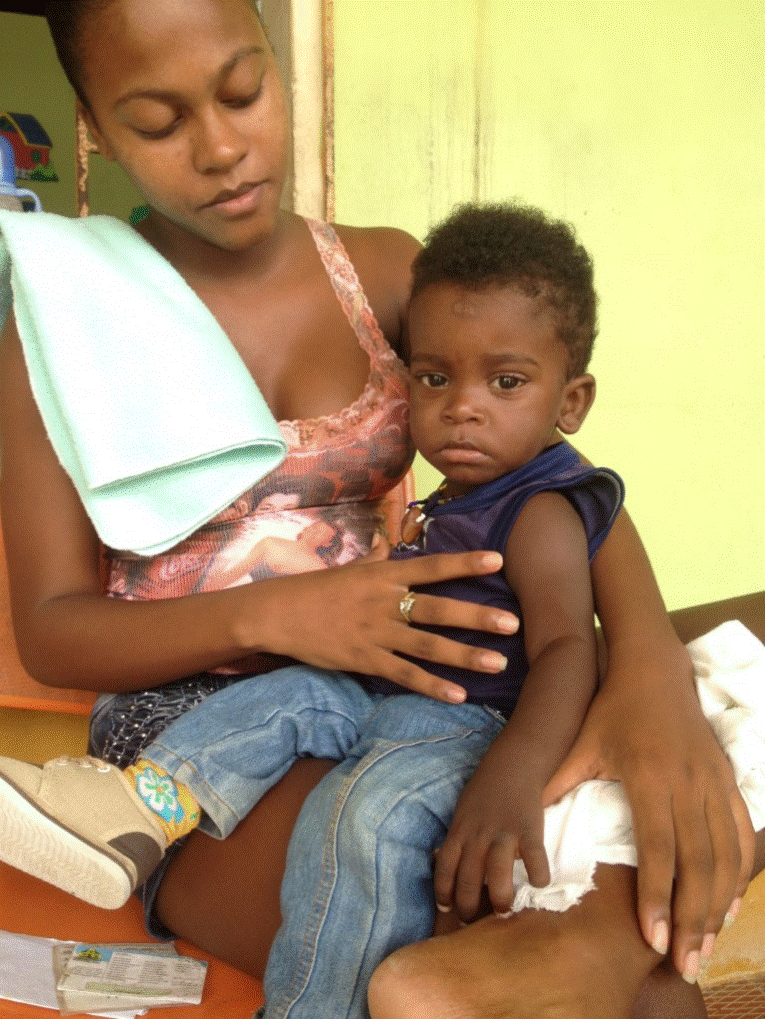
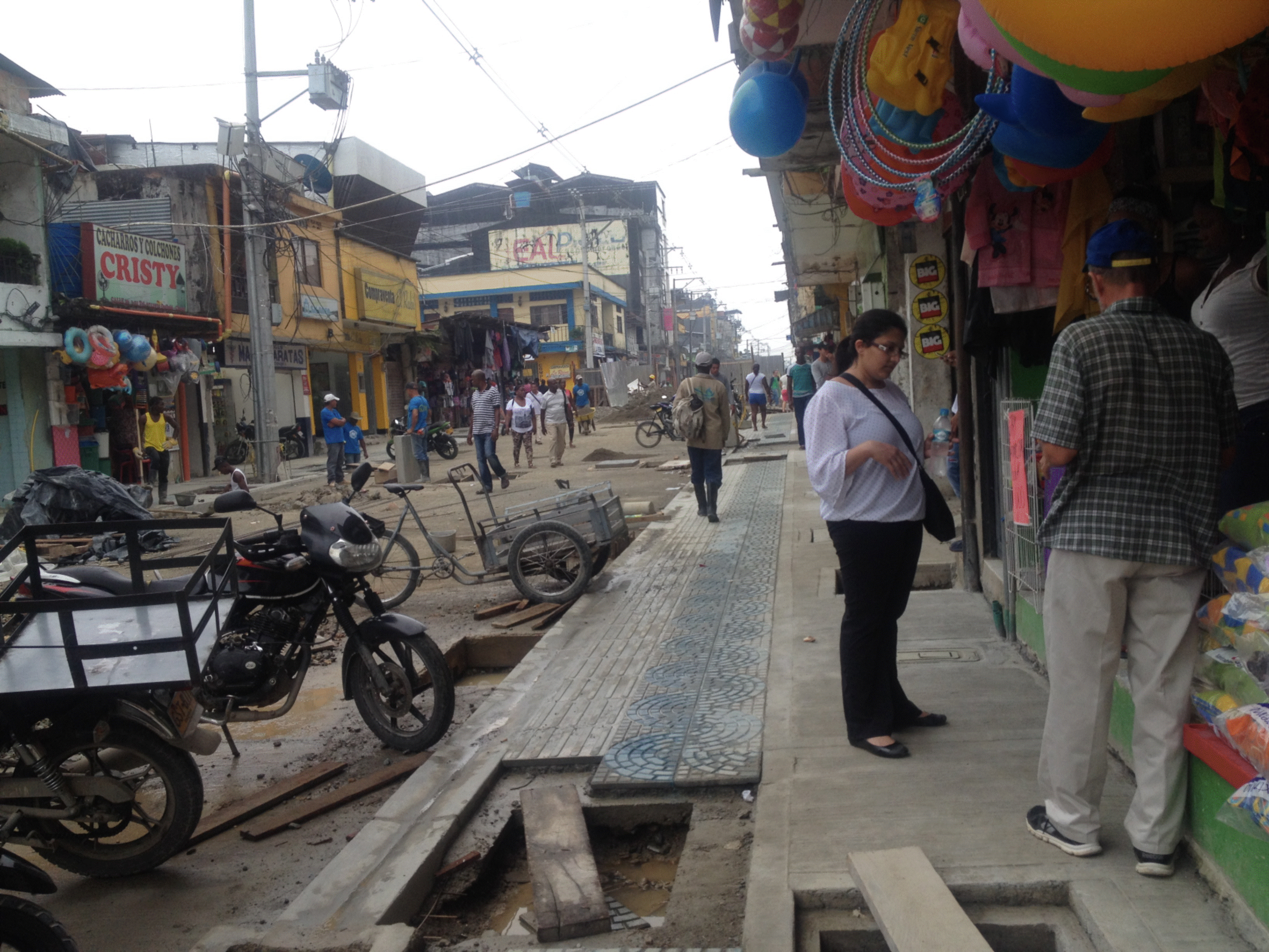
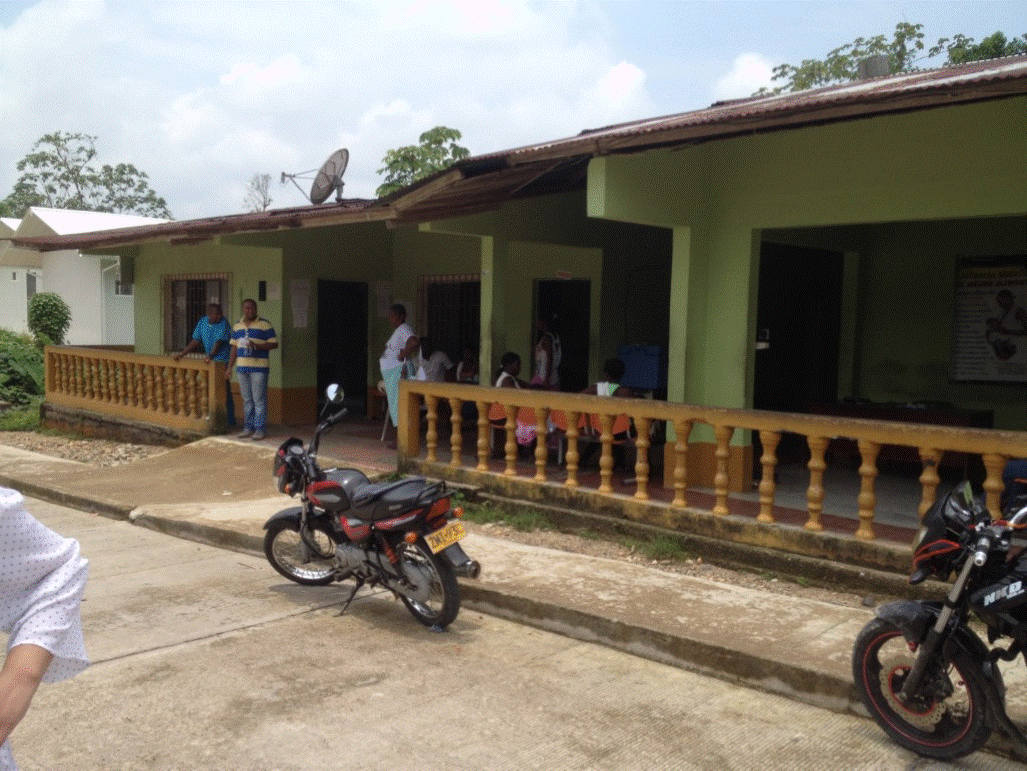
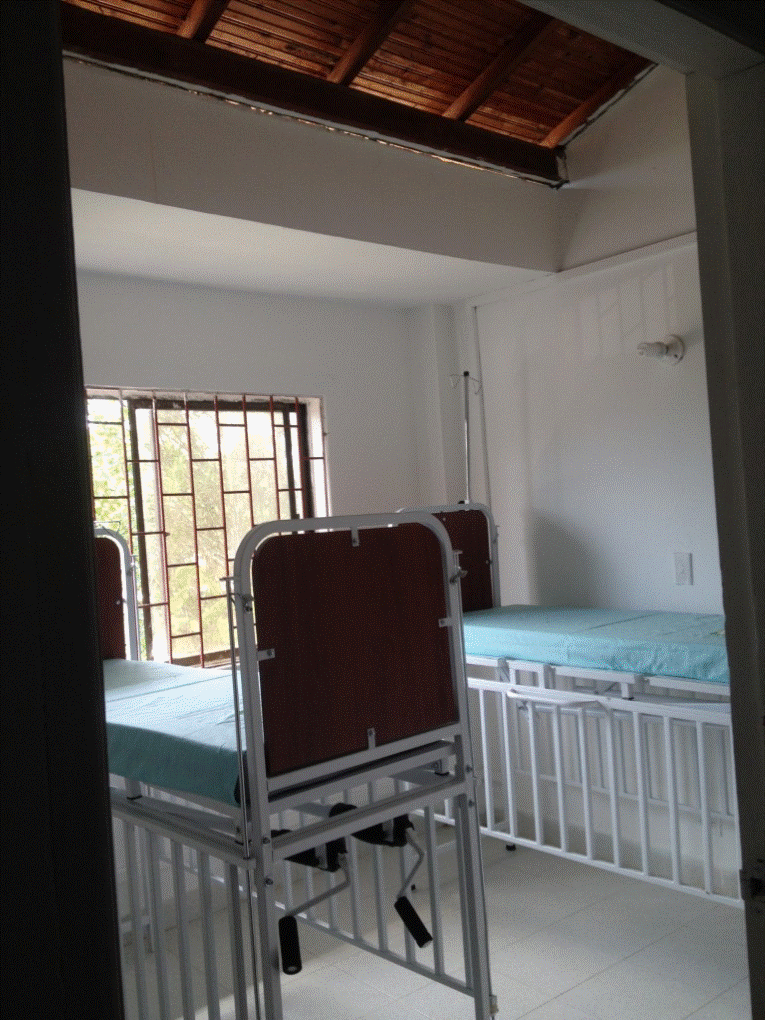
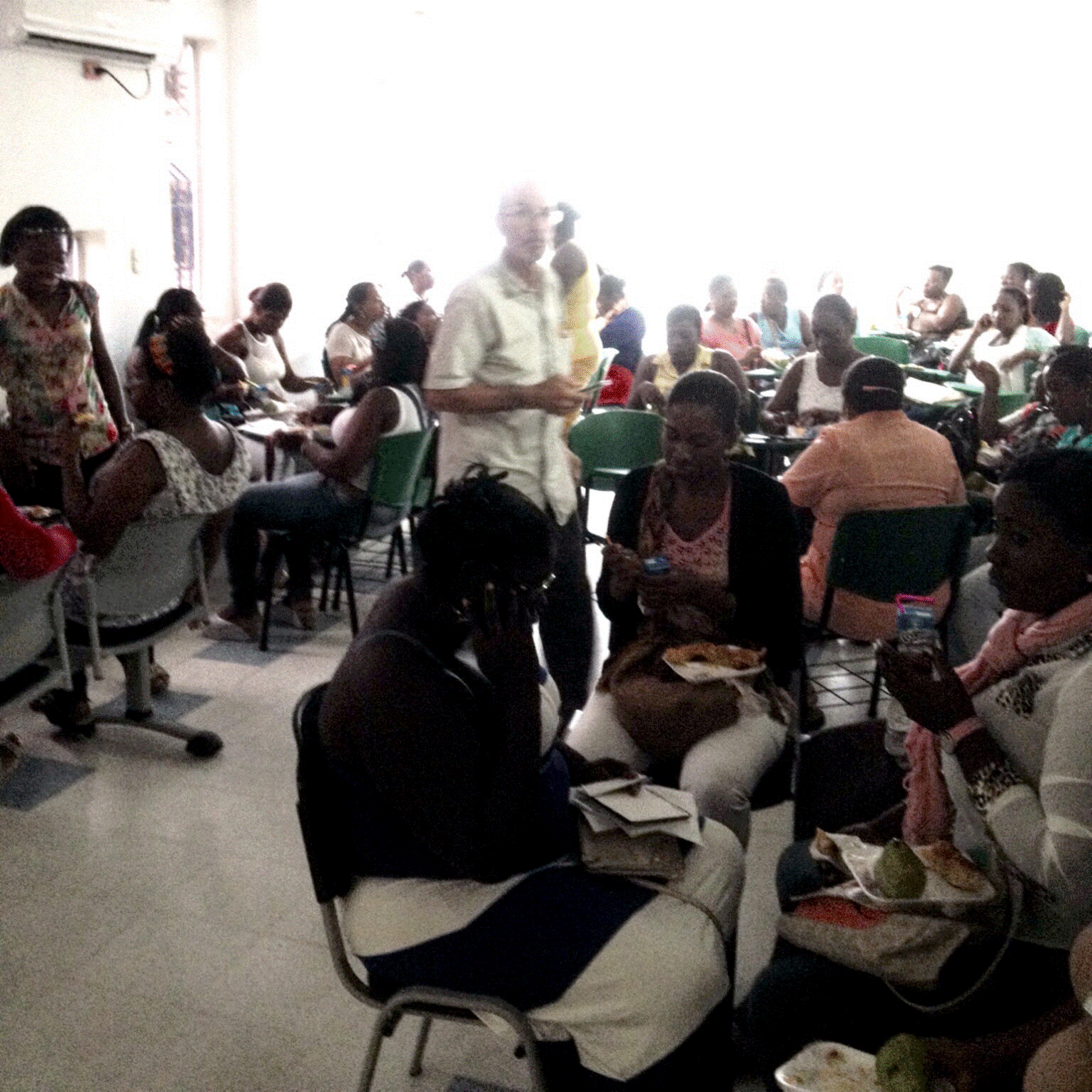
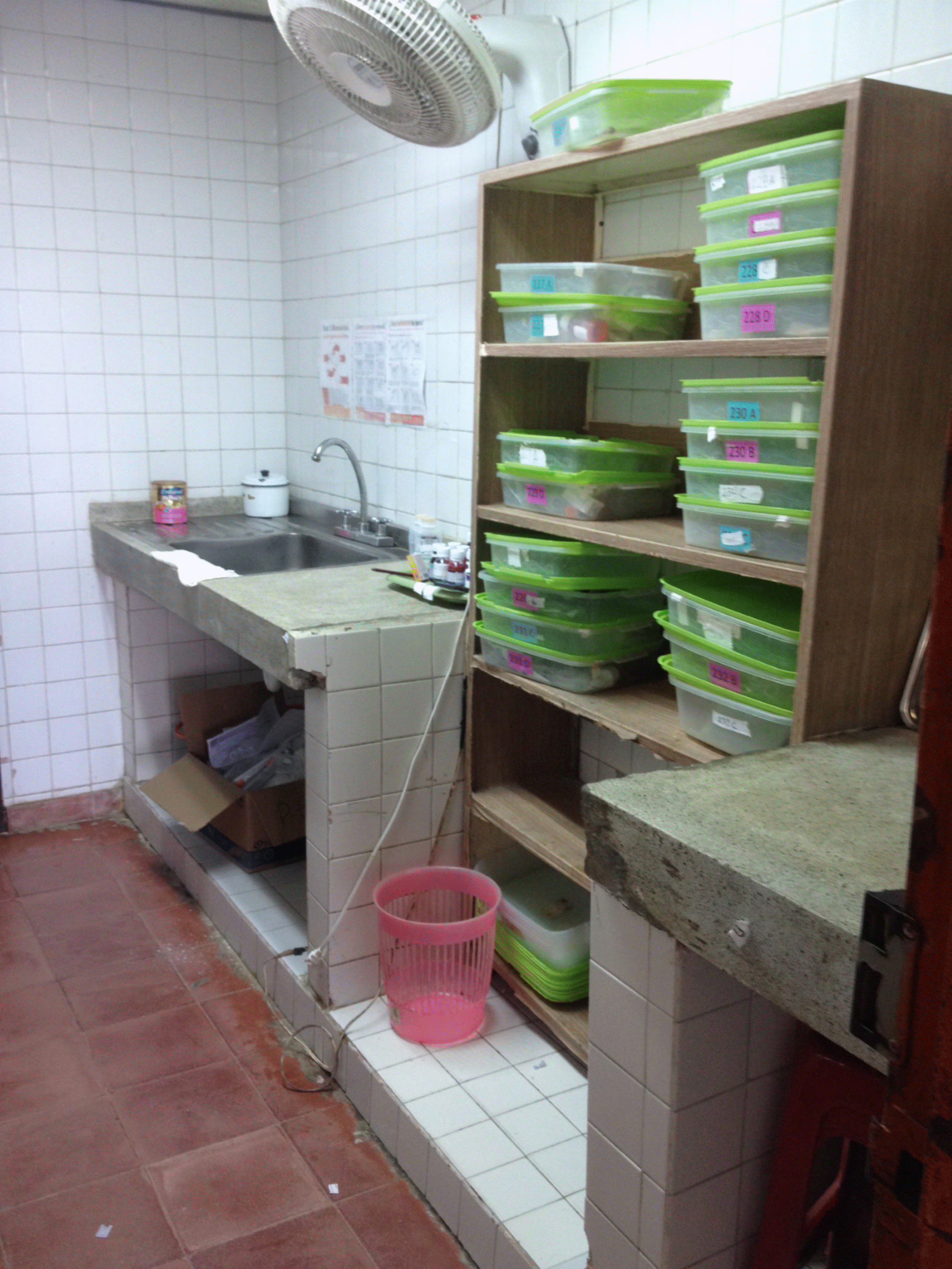
This Post Has 0 Comments